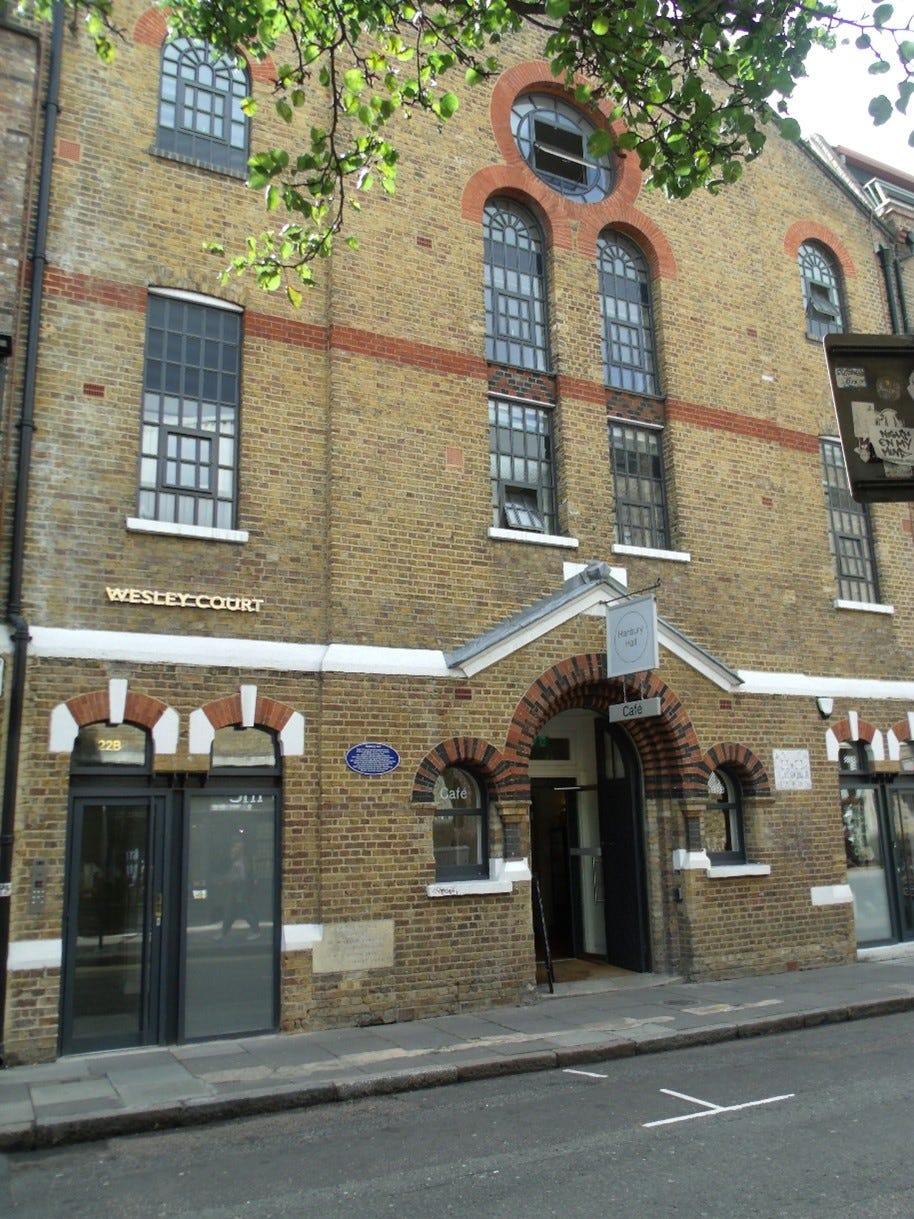A ‘microcosm’ is defined as a community, place, or situation that encapsulates, in miniature, the characteristics of something much larger. In this context, we are interested in smaller-scale places that reflect the broader characteristics of the larger places they belong to. Hanbury Hall in Spitalfields provides an excellent example.
Hanbury Hall stands, as its current owners describe it, “amongst the ever changing Spitalfields’ streets”. Built in 1719, the building has largely retained its physical character over the years. However, its use and purpose have evolved significantly, mirroring the broader changes in the Spitalfields area.
The first wave of transformation in Spitalfields began after 1685, when the Edict of Nantes was revoked. This law had protected the religious freedoms of French Protestant (Huguenot) refugees, and its repeal led to increasing religious persecution. In response, these refugees began settling in Spitalfields, and Hanbury Hall was built initially to serve as a Huguenot church.
As the area continued to change, so too did the building’s role. Successive waves of immigration, including German migrants and internal migration from other parts of the UK, transformed Hanbury Hall into a German Lutheran church and, later, a place of worship for Baptists and United Free Methodists.
But it wasn’t just people who migrated to Spitalfields; ideas also moved with them. One such idea was socialism, which called for social, rather than private, ownership of resources and wealth. Socialism spread across industrialised areas of England, including the East End of London, in reaction to the exploitation of workers. Again, this broader social change in England, and the East End of London, is reflected in Hanbury Hall’s role hosting meetings to organise the 1888 strike by workers at the Bryant & May match factory.
To come up to the modern day. Hanbury Hall retains its original physical character, even as its function has adapted to reflect broader societal changes. It now serves as that most modern of land-uses: a coworking space.
In conclusion, while the physical structure of Hanbury Hall has remained largely unchanged over its 200-year history, its locale (the social and cultural activities that occur in a place) have shifted dramatically, reflecting the broader transformations in Spitalfields and beyond.





